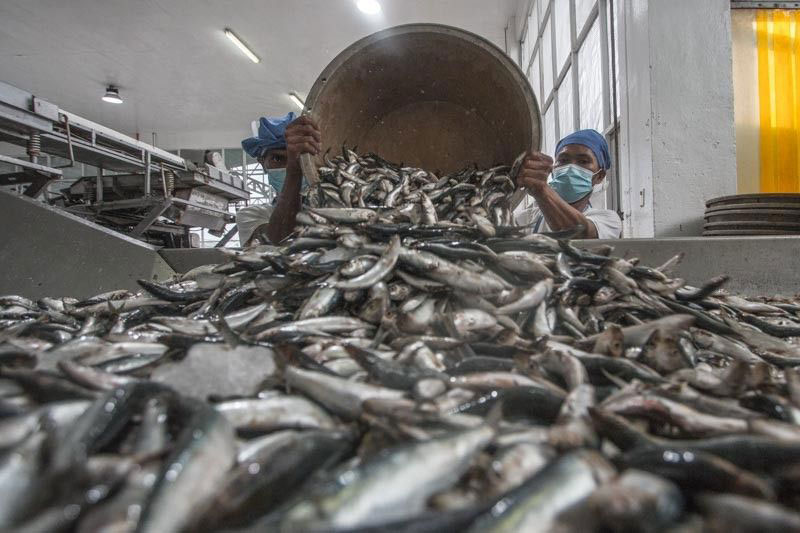Captive breeding program being readied for tamban

THE National Fisheries Research and Development Institute (NFRDI) at the Department of Agriculture announced a captive breeding program for Bali sardinella (Sardinella lemuru), also known as tamban.
“A documented breeding technology specific to tamban has never been attempted before. Historically, the focus has been on managing wild stocks to ensure sustainable capture fisheries,” according to NFRDI Officer-in-Charge and project leader Maria Theresa M. Mutia.
“But with increasing pressure on wild populations and the threat of supply instability, we must now explore alternative solutions through research and innovation.”
Tamban, a type of sardine, is among the most widely consumed fish in the Philippines.
In 2023, sardines were the second-leading commodity generated by the capture fisheries, accounting for 314,147.30 metric tons (MT) or 16.7% of the segment’s total output, valued at P13.81 billion, according to the Philippine Statistics Authority.
Tamban was the top small pelagic fish produced between 2018 and 2022, peaking at over 339,000 MT in 2020.
The NFRDI in 2024 launched a seven-year research program aimed at developing tamban breeding and culture technologies.
The program is designed to establish protocols for live capture, transport, domestication, and grow-out, laying the groundwork for tamban production outside natural fisheries.
The three-phase program is being carried out in partnership with the Southeast Asian Fisheries Development Center’s Aquaculture department and the Bureau of Fisheries and Aquatic Resources in Region 9:
The first phase (2024–2025) focuses on biological studies, transport trials, and domestication, while the second phase (2026–2028) will cover broodstock development and breeding trials. Phase three is dedicated to grow-out culture.
“Initial efforts under Phase 1 have yielded positive results,” the NFRDI said, citing the development of live transport and domestication protocols, which prove that tamban can survive and adapt to captivity.
“A benchmark survival of 378 days has been recorded so far.”
Currently, 232 live tamban are being maintained at the NFRDI’s Freshwater Fisheries Research and Development Center in Taal, Batangas, and at a hatchery facility in Tigbauan, Iloilo.
“Preliminary stomach content analyses indicate that tamban primarily feed on copepods (tiny marine crustaceans) alongside phytoplankton and zooplankton, providing key information for feed development and nutrition management,” the NFRDI added.
“Establishing tamban’s biological parameters and domestication protocols is essential,” it said. “The data will serve as the foundation for the next phases of the program, especially for broodstock development and culture system design.” — Kyle Aristophere T. Atienza



